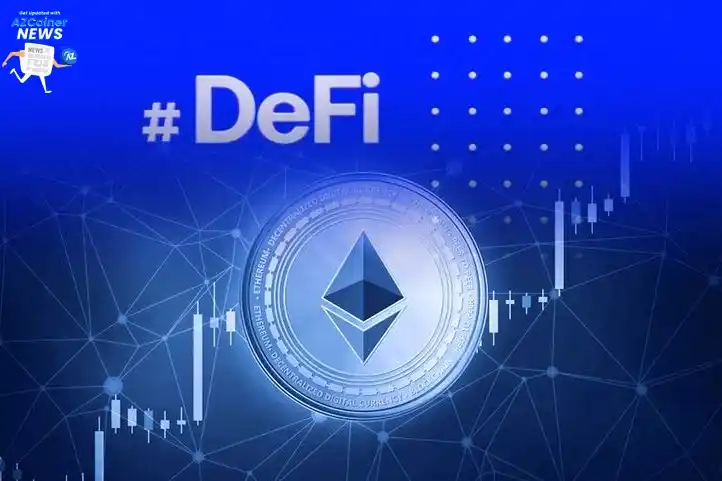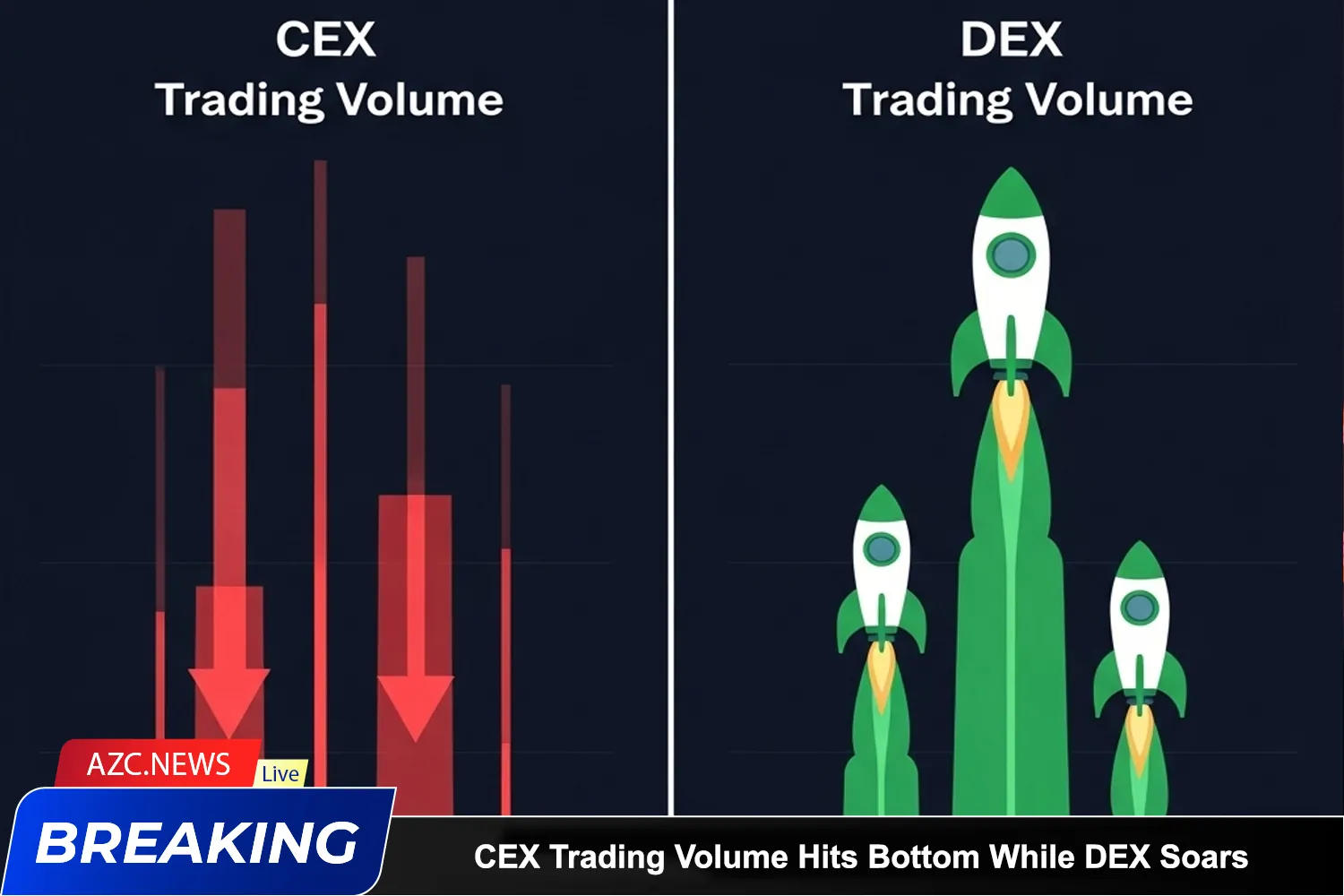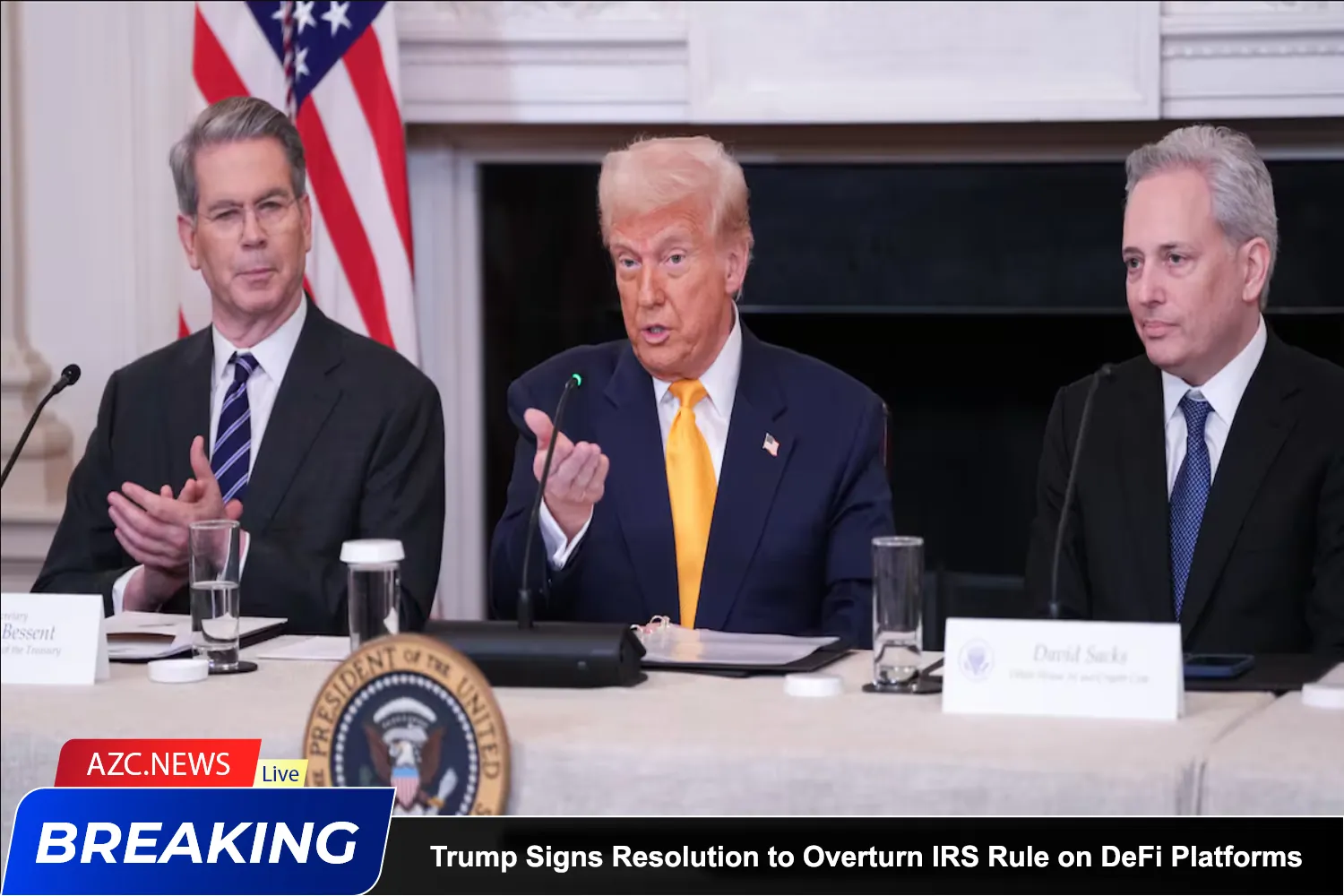DeFi is gaining traction on Ethereum, fueled by the recent surge in gas fees during the initial three weeks of November, as indicated by data from Kaiko. Despite Uniswap (UNI) leading this resurgence, its prices have remained stagnant below $5.6. Bulls have struggled to push prices higher, preventing a breakthrough to new 2023 highs.
The increase in decentralized finance activity on Ethereum is a key factor behind the rise in gas fees. Kaiko, a blockchain analytics platform, points to Uniswap’s activities, particularly the rising transaction volumes of meme coins like GROK, as the primary driver. This heightened activity has led to increased demand for block space, resulting in higher gas fees.
Gas fees have exhibited volatility but have generally trended higher in the first three weeks of November. As of November 20, Ycharts data indicates that the average transaction cost stood at 45.13 Gwei, nearly a 100% increase from November 19, when it was at 24.84 Gwei. This substantial jump contrasts with late October 2023 when gas fees were at 17.66 Gwei.
The correlation between gas fees and the reaction of Ethereum (ETH) and DeFi token prices is evident. In the context of a rising trend in DeFi and other on-chain activities such as non-fungible token (NFT) minting and trading, gas fees tend to expand in tandem with the growth of these markets. The recent surge in gas fees might signal a potential upward movement in the markets, potentially benefiting tokens of key protocols such as Uniswap or Aave.
Despite the overall rise in the total value locked (TVL) across all DeFi protocols to over $46.6 billion as of November 21, according to DeFiLlama, Uniswap (UNI) continues to linger below the $5.6 mark. This TVL increase represents a growth of nearly $5 billion since early November and a rise from $37 billion in mid-October.
Ethereum remains a preferred platform for deploying DeFi apps, even with the challenges posed by gas fees linked to mainnet scaling. The pioneer smart contract blockchain boasts a TVL of $25.4 billion, and Uniswap stands out as one of the largest protocols with $3.216 billion in TVL.
Although UNI prices have seen a 30% increase since mid-October as of November 21, efforts by bulls to surpass the November highs at around $5.6 have proven unsuccessful. Analyzing the daily chart reveals that trading volume and participation have been gradually decreasing, indicating a potential lack of momentum and sustainability in the uptrend.
From a technical standpoint, there may be further gains if there is a strong close above the November highs accompanied by expanding volumes. In such a scenario, UNI could experience an expansion, potentially retesting 2023 highs at approximately $7.2.










